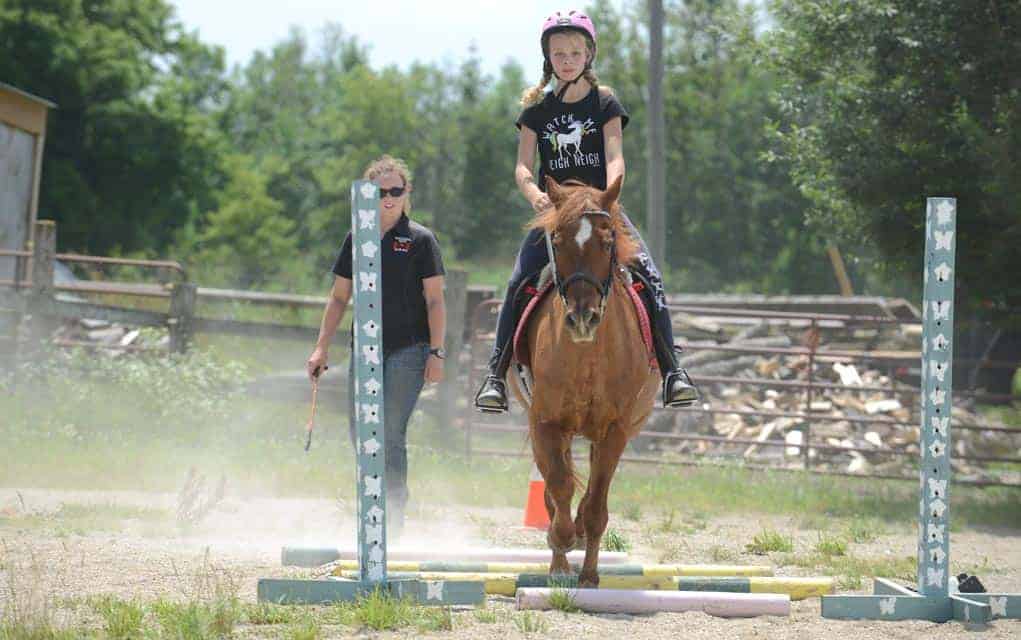A skunk tested positive for rabies near the Wallenstein area last week, on the eve of the province’s rabies vaccine bait dropping program.
The skunk was found in the same area where a fox tested positive for rabies in May.
Brenda Miller, manager of health protection and investigation with the Region of Waterloo Public Health unit, said the skunk, which was shot by a local farmer, is not believed to have had any contact with humans, livestock or domestic animals.
The recovered skunk tested positive for the fox strain of rabies, noting that the incident is unrelated to the raccoon rabies outbreak in the Hamilton area.
“There are two strains of rabies,” said Miller. “There is the raccoon rabies and fox rabies, and what we know of the skunk in the Wallenstein area is that it was positive for the fox strain of rabies not the raccoon strain of rabies.”
Back in late last year officials found the first raccoon that tested positive for rabies, prompting an increase in wild animal surveillance.
“At the latter period of last year beginning in December, we had the first raccoon that came back positive in the Hamilton-Niagara-Brantford area, and that really started a closer look at what is happening out there with rabies in wildlife,” she said.
The discovery led to an increase in surveillance by the Ontario Ministry of Natural Resources and Forestry.
“Hunters and trappers that are employed by the Ministry of Natural Resources and Forestry started to do a little bit more trapping of animals to find out what is going on with the animal population, where we are seeing rabies in the population and what kind of rabies are we seeing,” she said. “That kind of continues up until even this point and what we are seeing now is kind of the slowing down of rabies in the wild population, but there has been extensive baiting that has been going on.”
The MNRF will be rolling out a wildlife rabies vaccine baiting program across southern Ontario starting this month and into the fall.
“Baiting will happen from mid-July to October, they would pick different target zones in Southwestern Ontario between that particular time so it doesn’t mean to say that we in this particular area will receive bait during that whole time – it just means to say that during this period of time we can expect bait dropping,” said Miller.
Flavored bait, located in small, khaki green-coloured bags with a stamped toll free rabies number, will be dropped by air, targeting primarily rural and forested areas with the hopes of drawing in the local wildlife populations, including skunks, raccoons and fox. Ground baiting will be done in urban areas where aerial bating is not effective.
Officials say not to disturb the bags, but if a domestic pet does eat a bag, don’t be alarmed – it will not cause fatal illness.
“The bait dropped are very small, they are an army green khaki colour with a 1-800 number on them. They are not harmful to pets should a pet eat one of them, but it may cause a stomach upset if they do eat more. If people are concerned, if their animal gets into one, they should call their veterinarian and talk to their veterinarian about it,” she said. “If people see the baits, they should just leave them – don’t touch them. They are designed for the wildlife to attract them to the bait so that if they eat the vaccine that will protect them against rabies.”
Miller says it is important for residents to get animals vaccinated, and keep children educated on the signs and symptoms of rabies.
“If they have got domestic cats or dogs, including barn cats, get those animals vaccinated for rabies,” she said. “Educate children to stay away from wild animals, even domestic animals that they don’t know, strays especially, just to keep themselves safe. I think those are important things to think about, especially as we head out on vacation, maybe camping, where we may encounter more wild animals or strays.”
The virus can be carried in the saliva of infected mammals such as foxes, skunk, raccoons, bats, dogs and cats and can be spread to people or other mammals through a bite, cut or scratch, or contact with moist tissues of the mouth, nose and eyes.









